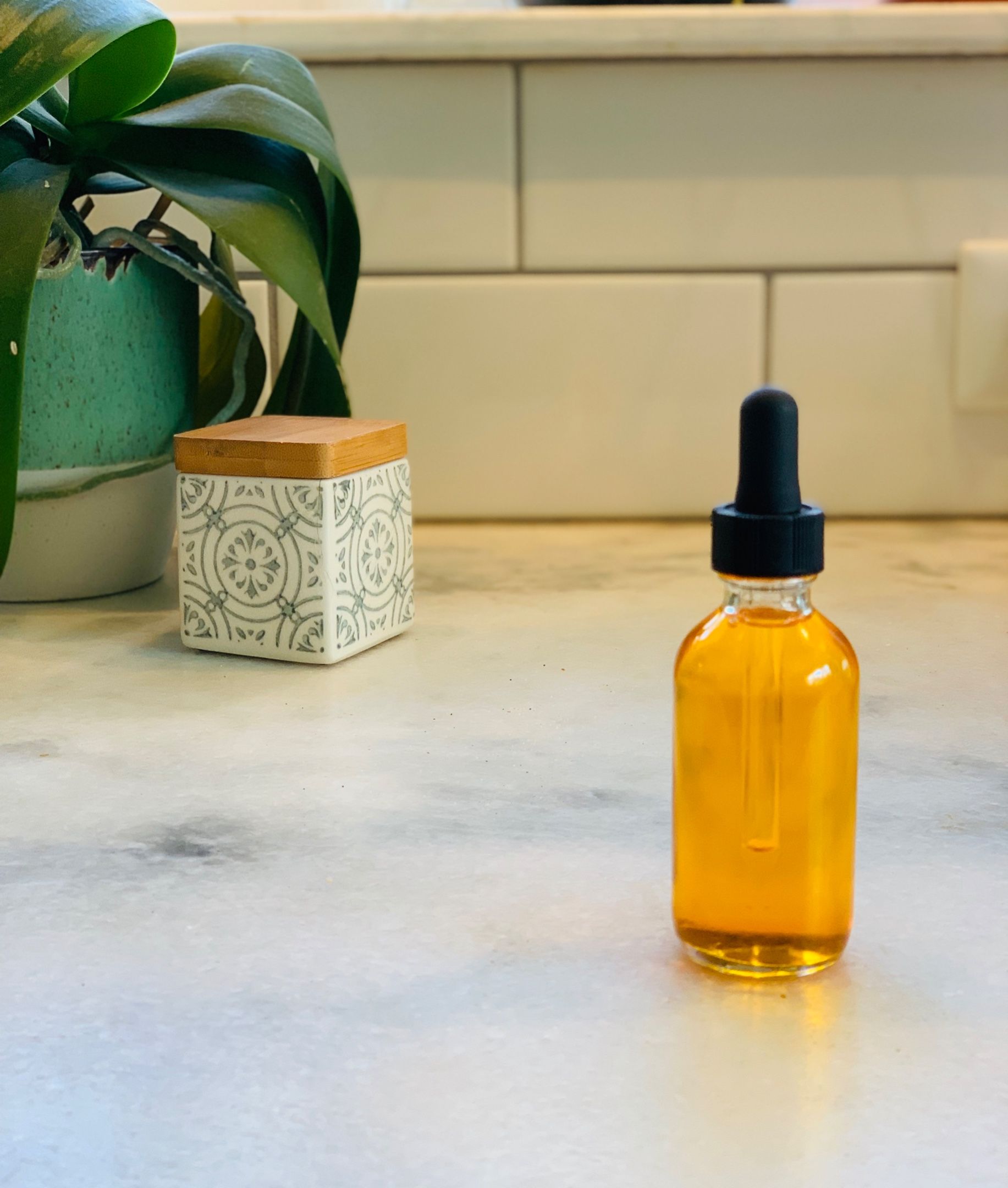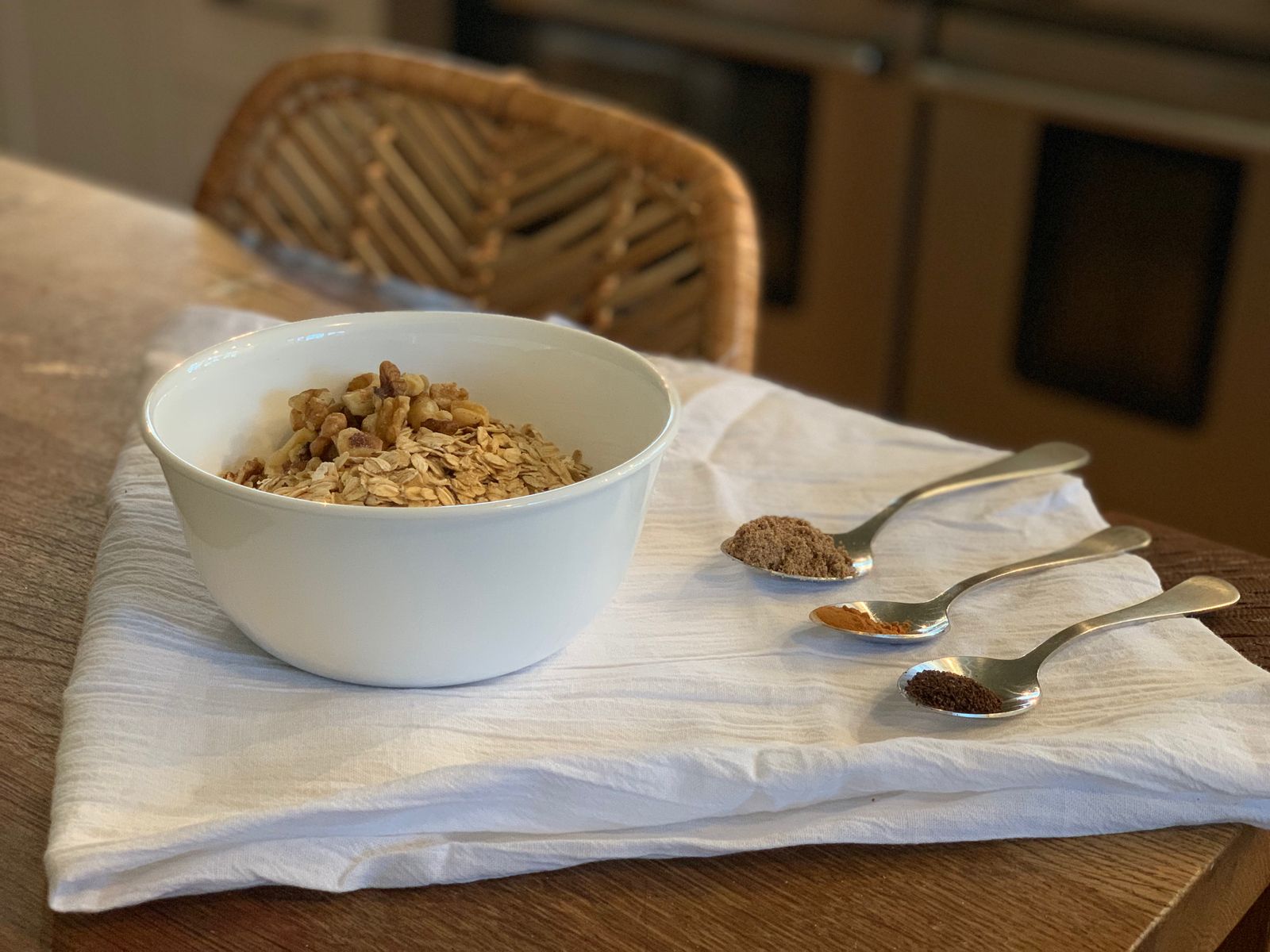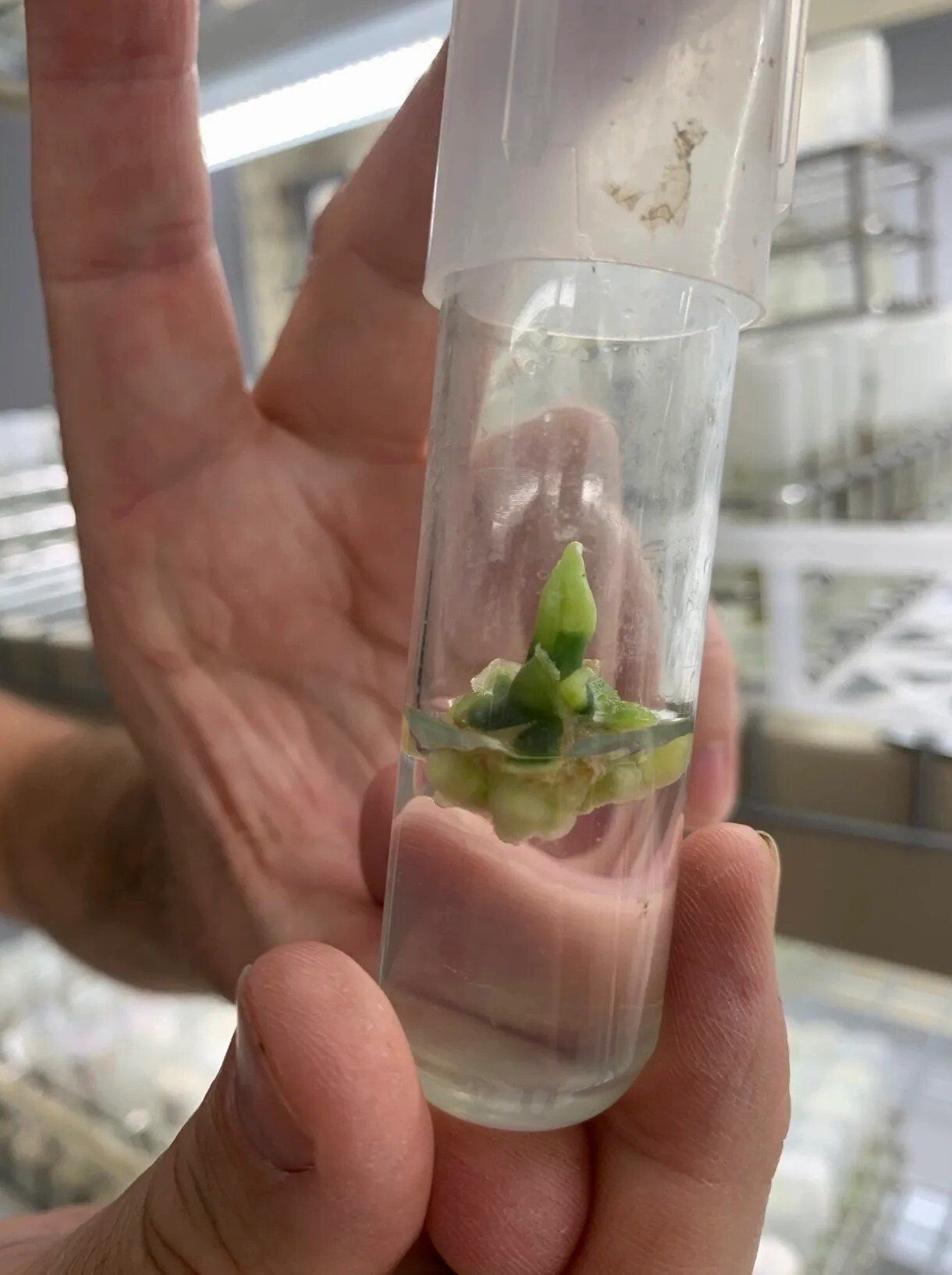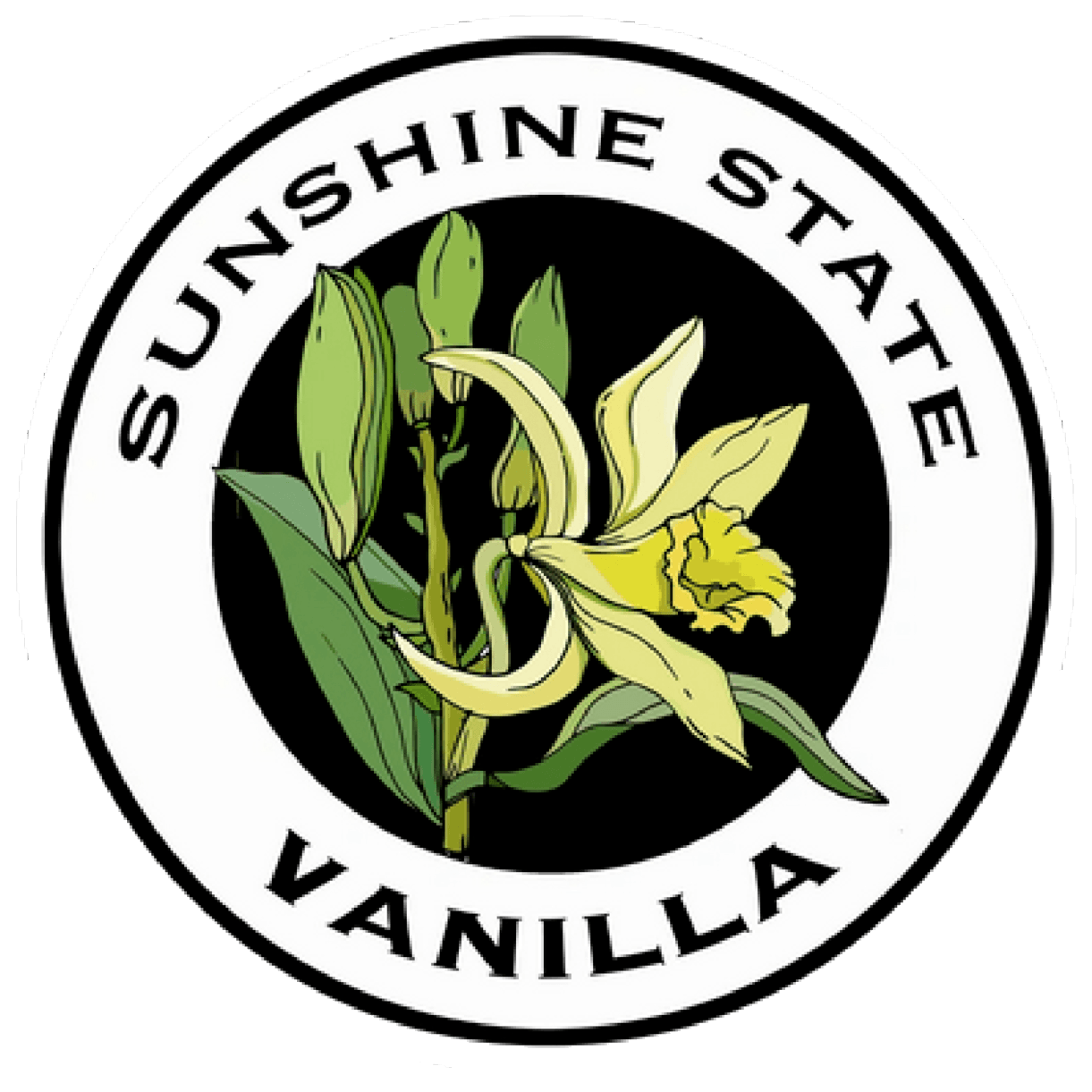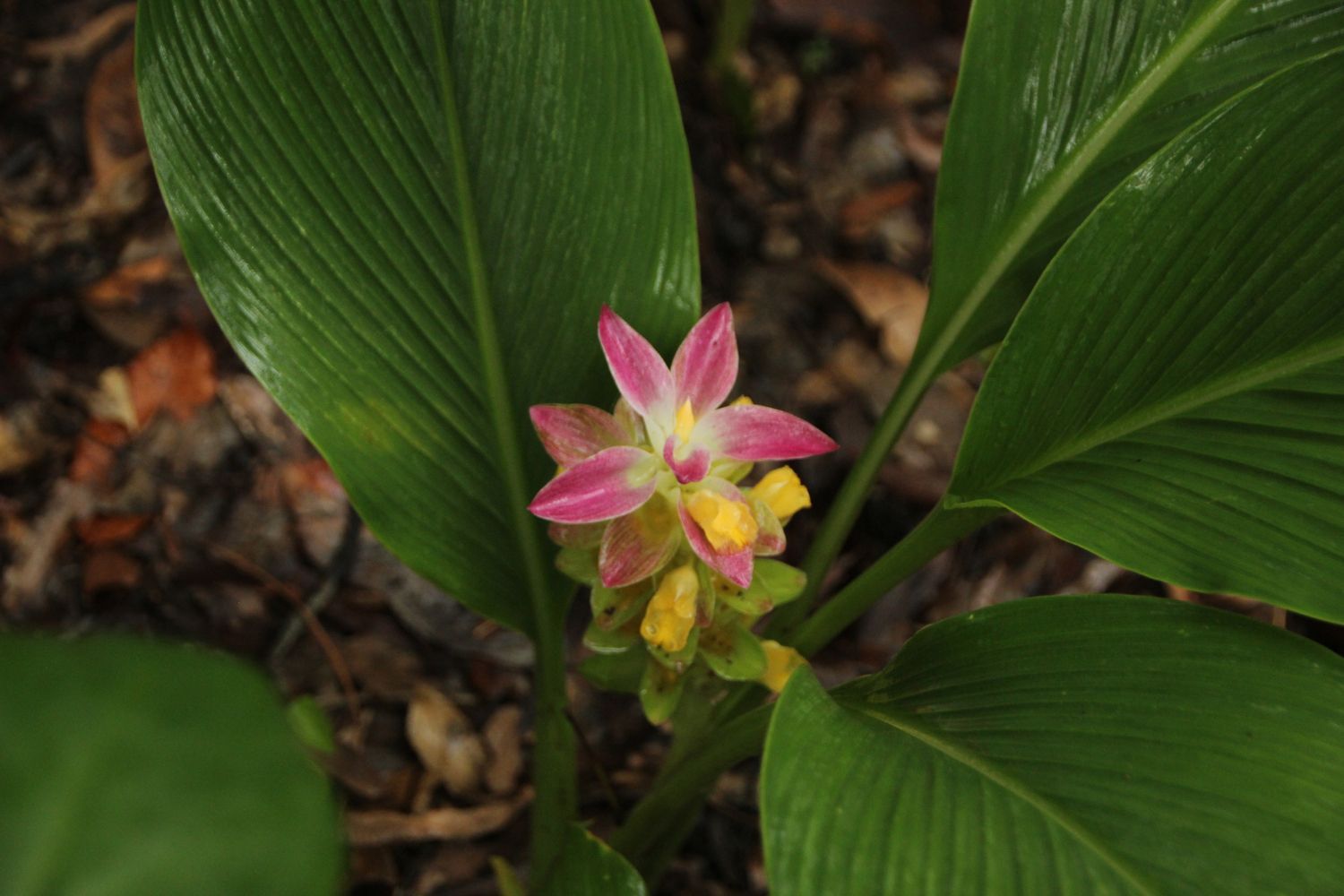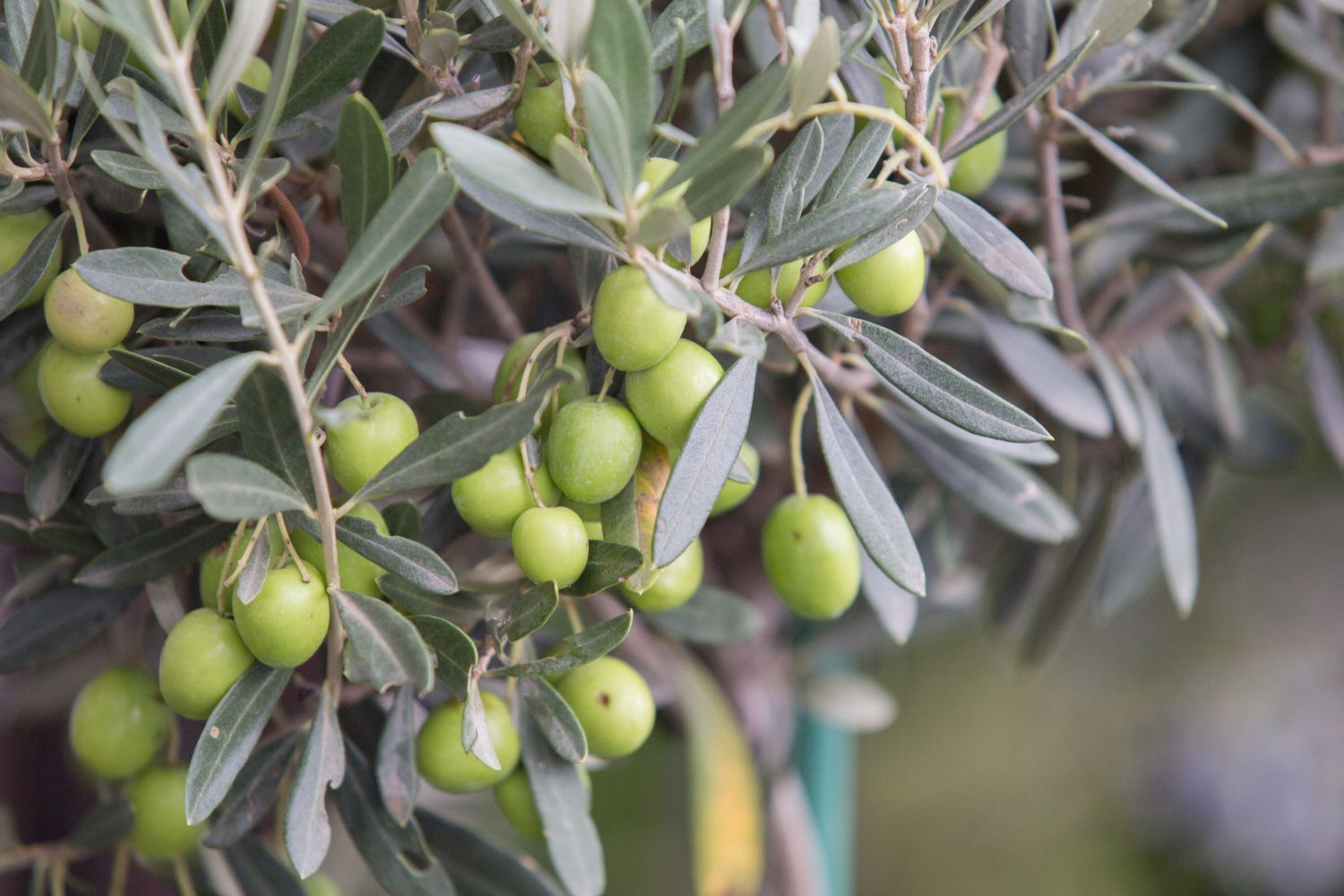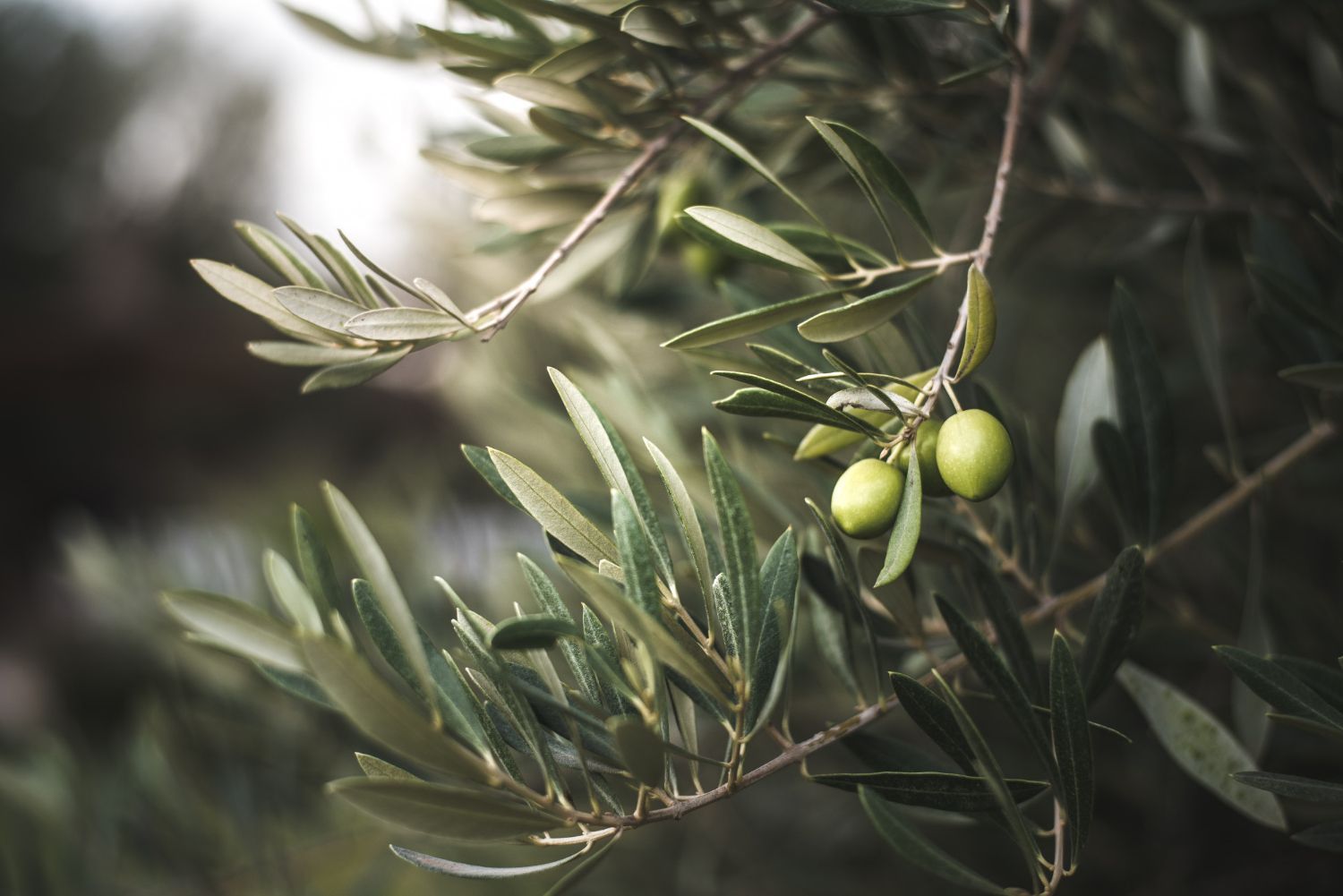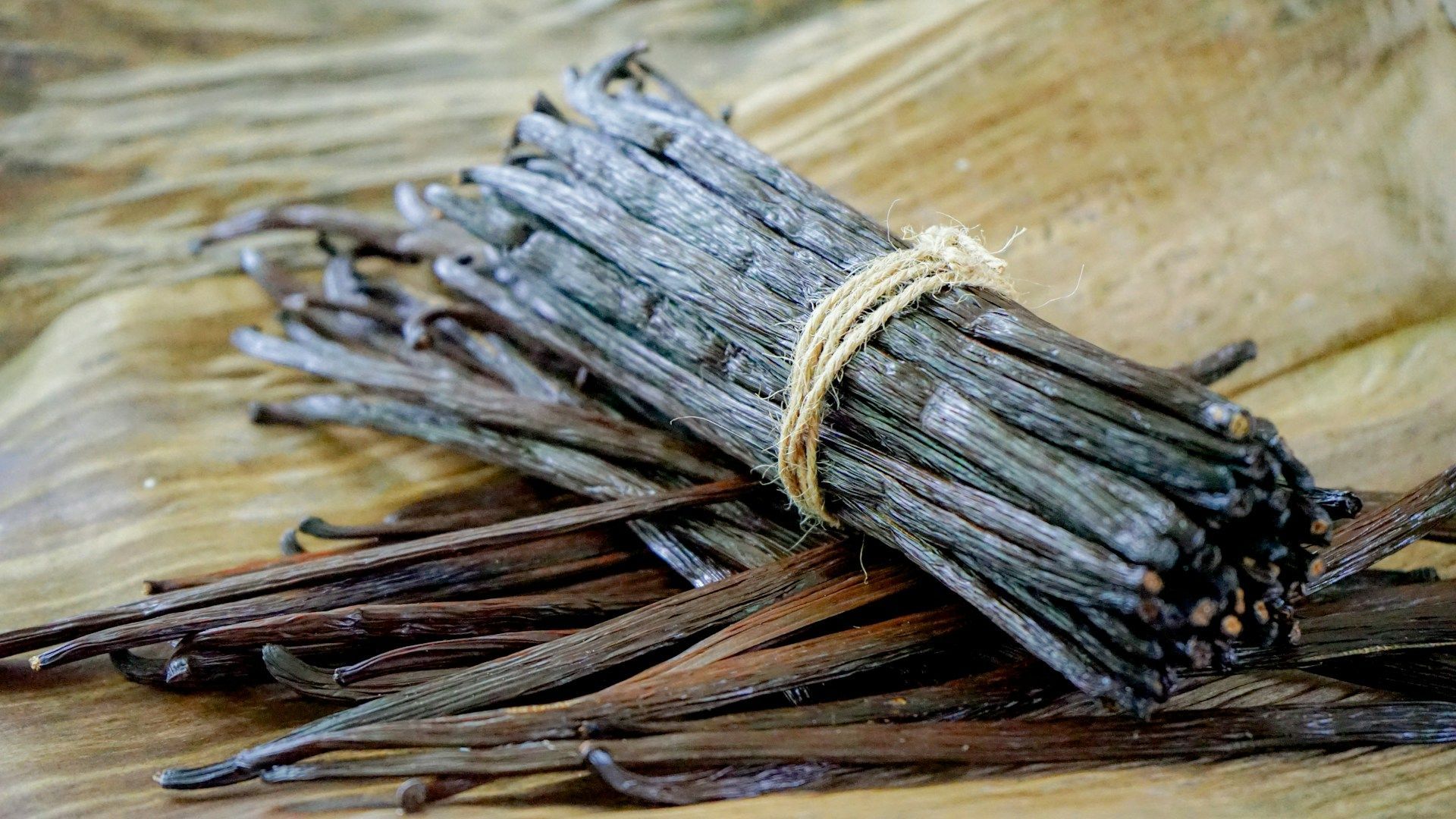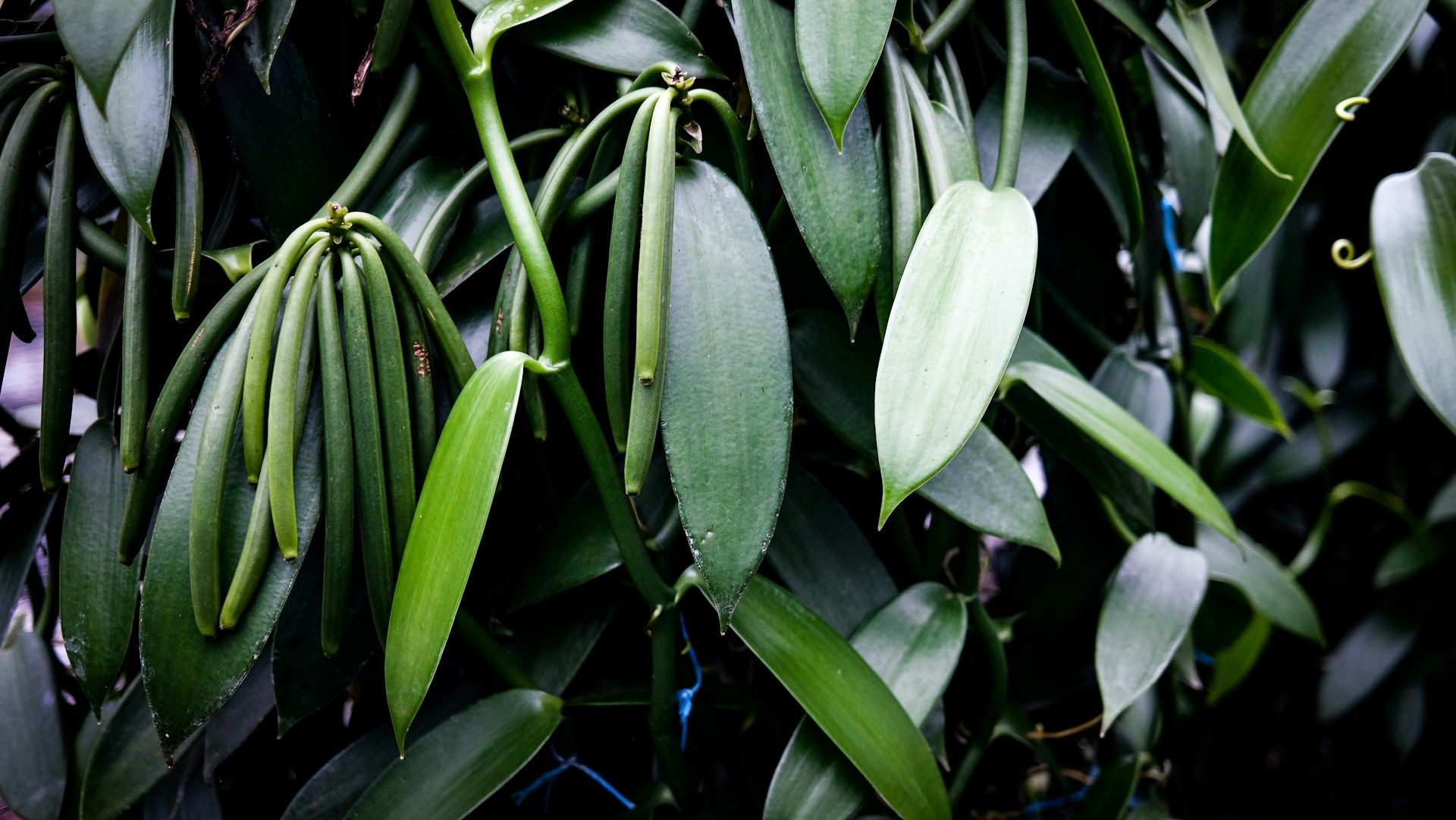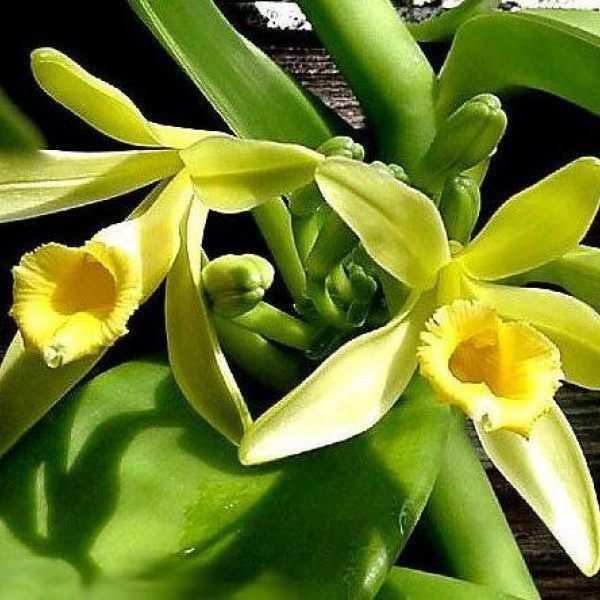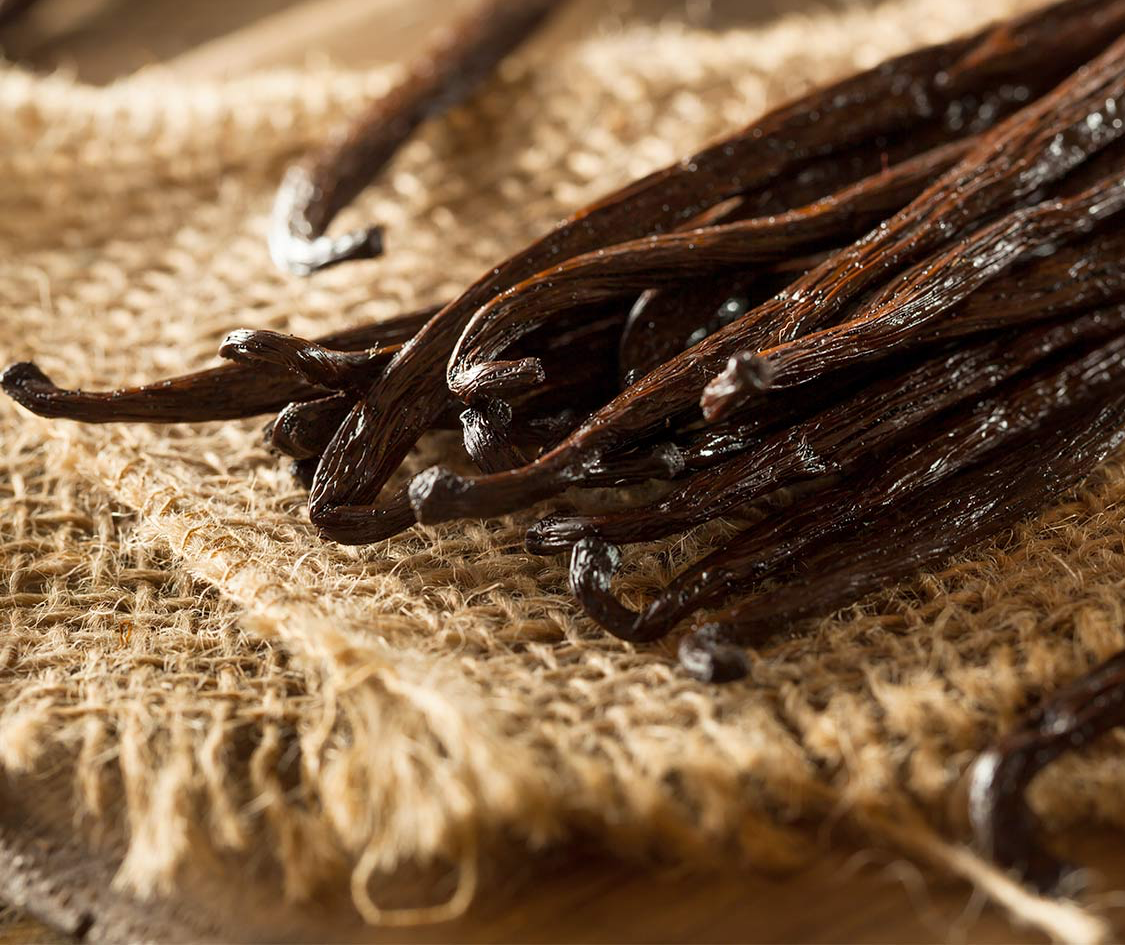Let's take a journey into the world of vanilla, the sweet and aromatic spice that makes so many of our favorite treats special. You might not think much about where your vanilla comes from when you're whipping up cookies or making ice cream. But each vanilla bean has a story, starting on a farm and ending in your kitchen. It’s a fascinating process that involves hard work, patience, and precision.
Vanilla starts its journey in sunny farms where tall, green vines grow. These plants need a lot of attention and care to thrive. Farmers keep a close eye on them, making sure they get just the right amount of sunlight and water. It's a delicate balance, but when it's done right, the plants produce beautiful vanilla orchids which lead to the pods we know as vanilla beans.
Once the beans are harvested, the journey doesn’t stop. They have to be dried and cured. This step is like magic that brings out their strong, sweet flavor. Finally, the beans are processed and packaged carefully to keep their quality intact. So, the next time you add vanilla to your recipe, you'll know the story behind that rich, smooth flavor you love.
Cultivating Vanilla Beans on the Farm
Growing vanilla is no easy task. It starts with a vine that loves to climb. Farmers need to provide support, like sturdy poles or trees, for the vines to latch onto. This setup helps the plant grow tall and reach for the sun. Vanilla vines grow best in warm, tropical climates, so farms are often in sunny places where the temperature is just right.
Watering is a big part of cultivation. Vanilla plants are thirsty and need plenty of water, but too much can make them sick. Farmers need to find the perfect balance to keep the plants happy. The soil has to be just right too—rich and loose soil helps the roots spread out and breathe.
The big moment comes when the plant produces its beautiful orchid flowers. These flowers are special because they only bloom for one day. If they don’t get pollinated on the same day, they won’t turn into vanilla beans. Skilled farmers carefully pollinate each flower by hand. In Florida we are keeping an eye on a pollinating bee called the green orchid bee or Euglossa Dilemma.We know that the native and naturalized vanilla in florida is being pollinated by an insect, this green orchid bee is well known to be pollinating vanilla orchids in Mexico and has been well documented in Florida. Though in most vanilla growing countries hand pollination is typical. Here's a glimpse of the steps they follow:
- Watch for when the flowers bloom; they usually open early in the morning.
- Use a small stick or tool to move pollen from one part of the flower to another.
- Be gentle and precise since the flowers are delicate.
- Keep track of which flowers are pollinated to estimate bean growth.
This careful attention and hard work are what make vanilla beans so valuable and unique.
Harvesting and Curing Techniques
Once the vanilla beans, also known as pods, are ready, it’s time for the harvest. Farmers know the beans are ready when they turn a certain shade of yellow. This usually happens several months after pollination. The process must be timed perfectly; if picked too soon, the flavor won’t be as rich. Too late, and they might not last as long.
After picking, vanilla beans need to be cured. Curing is what develops that amazing vanilla flavor and smell. Farmers use different methods, but they all follow some basic steps. First, the beans are soaked in hot water to stop them from growing any further. Then, they are wrapped and laid out to dry in the sun.
During the drying phase, the beans are spread out and gently turned to ensure even drying. This part of the process can last several weeks. Farmers are always checking to make sure the beans dry just right. They look for the beans to become soft and flexible, releasing the distinctive vanilla aroma.
Curing isn’t just about drying, though. It’s also about patience. Farmers will often let the beans rest in a cool, dry place for a few more weeks to enhance the flavor even more. This waiting period, while hard to endure, really brings out the best in the beans, making them ready for the next steps: processing and getting to your kitchen.
Processing and Packaging for Quality
Once cured, vanilla beans need careful handling to keep their quality intact. Processing is an important step that readies the beans for use in kitchens around the world. It starts with sorting the beans by size and quality, which influences how they'll be used later. Only the best beans, often called "gourmet," become whole pods sold for using directly in recipes.
After sorting, beans need a final drying phase to adjust their moisture content. If a bean is too wet, it might develop mold. Too dry, and it'll lose flavor. This step involves further monitoring and patience, ensuring each bean maintains its signature aroma and taste.
Packaging protects the beans during their journey from farms to stores. They're often vacuum-sealed or packaged in airtight containers. This not only keeps them fresh but prevents any unwanted flavors from mixing in. Proper packaging makes sure when you open that container of vanilla, you get nothing but pure, sweet aroma.
How Vanilla Beans Enhance Your Favorite Recipes
Vanilla beans bring magic to the kitchen. The rich flavor of vanilla can turn simple recipes into unforgettable dishes. From desserts to main courses, a hint of vanilla can be a secret weapon for flavor.
- Desserts:
Vanilla is a star in sweets, making things like ice cream, cakes, and cookies taste heavenly.
- Beverages: Add vanilla to coffee or smoothies for a comforting twist.
- Savory Dishes: Surprisingly, vanilla works in savory recipes, too. It adds depth to sauces and marinades.
To use a vanilla bean, slice it open and scrape out the seeds. The seeds are full of flavor and can be added directly to your recipe. You can also steep a whole pod in liquids, pulling out its sweet aroma. Once you start using vanilla in your dishes, you may find it becomes a staple ingredient, beloved for its ability to enhance flavors and create that "wow" factor.
Conclusion
The journey of vanilla beans from farm to kitchen is a tale of dedication and care. From the diligent cultivation on farms to the meticulous processing and packaging, each step plays a vital role in preserving the quality that enhances so many recipes. Vanilla beans are more than just an ingredient; they're a result of skill and attention, crafted to bring joy to kitchens and dining tables around the world.
At Sunshine State Vanilla, we pride ourselves on nurturing this journey, ensuring every bean reaches you in perfect form. As you explore new recipes, think about how a touch of
vanilla can elevate your cooking. Dive into the world of flavors with our beans, and see why they are cherished in kitchens everywhere. Discover the magic they bring to your dishes by adding a little Sunshine State Vanilla to your pantry today!
